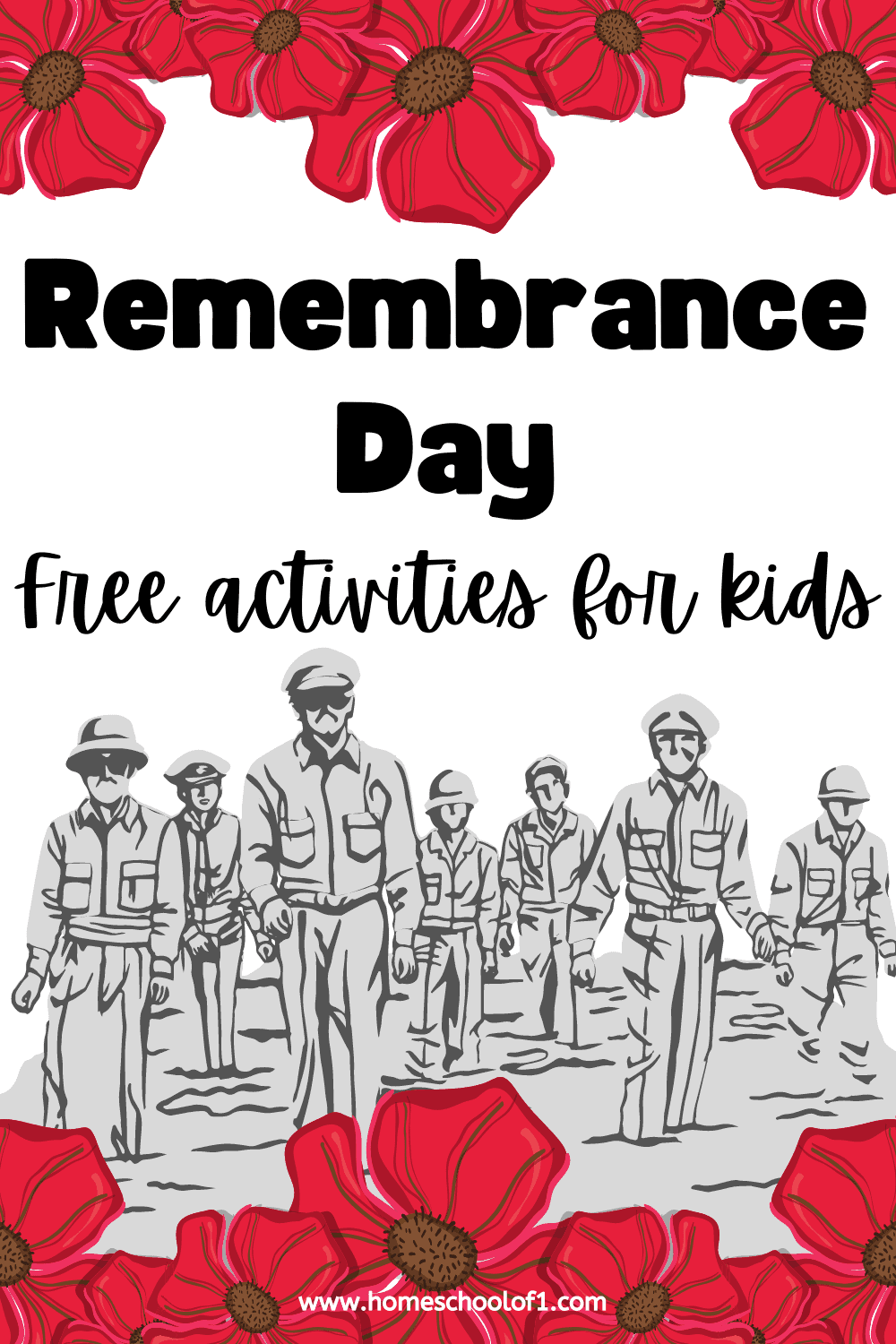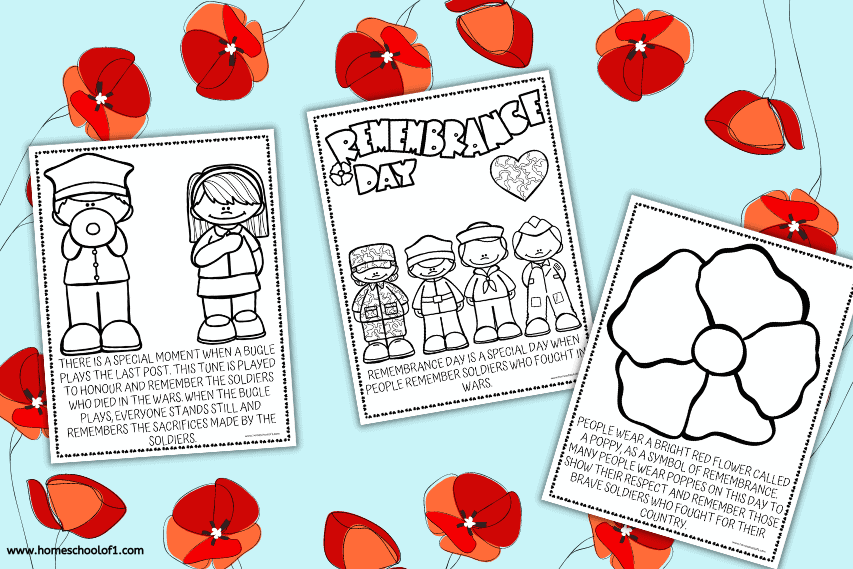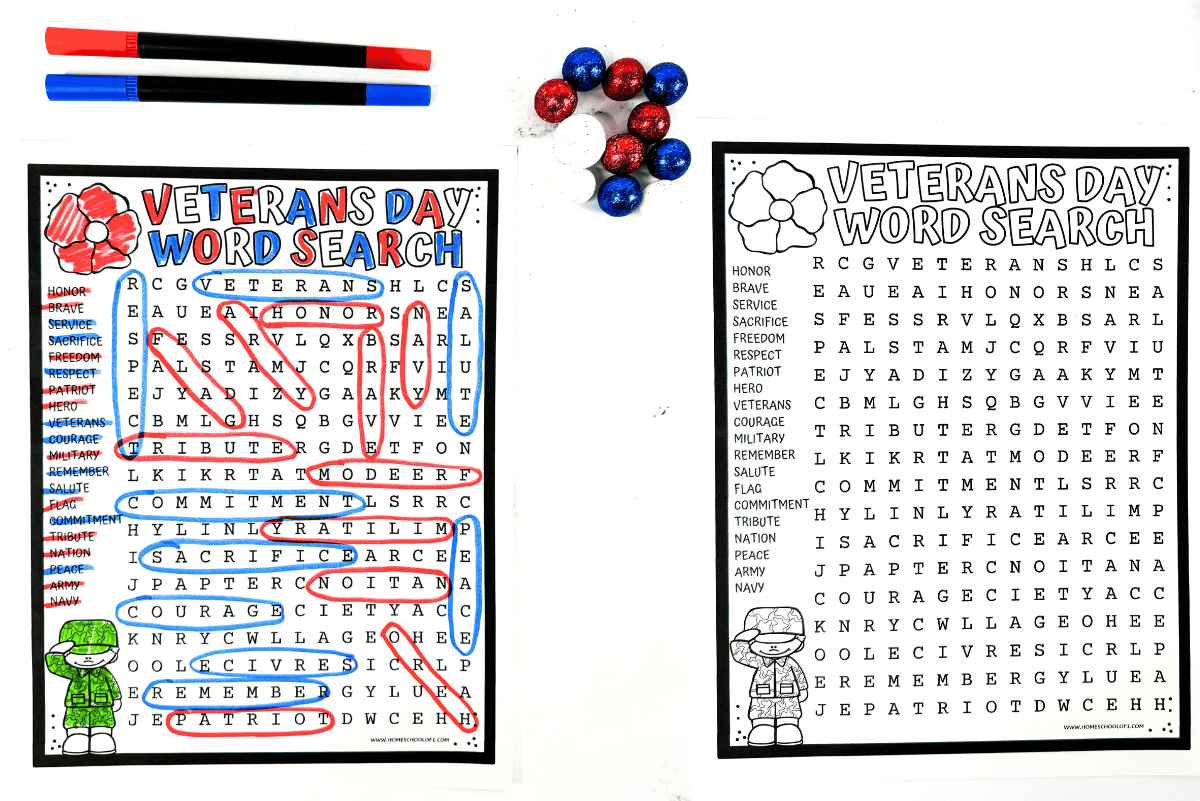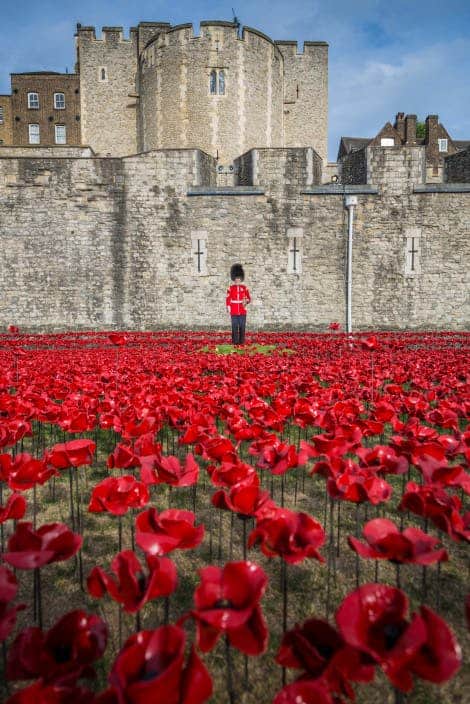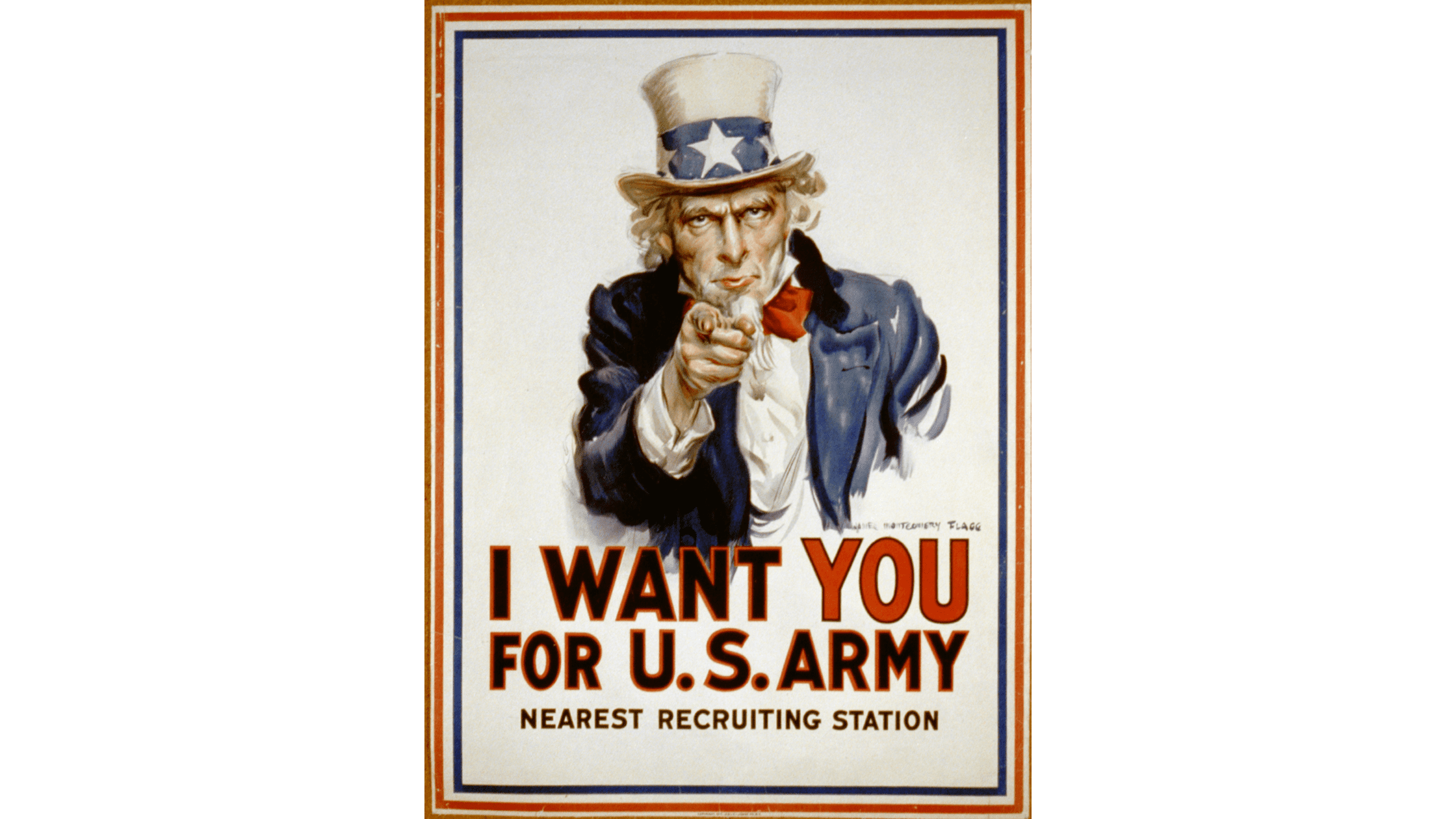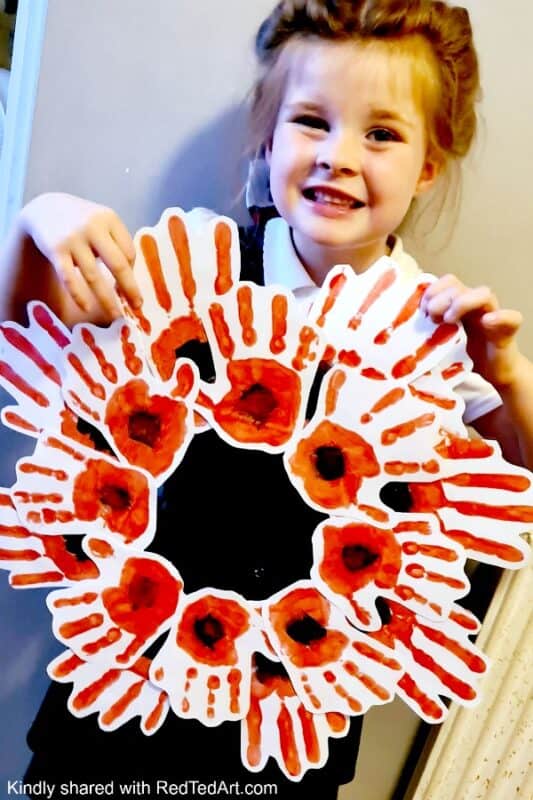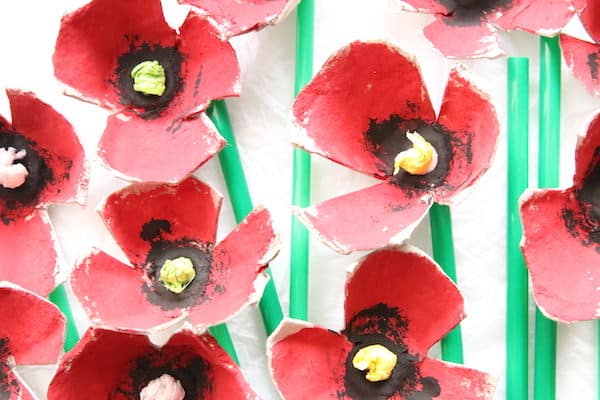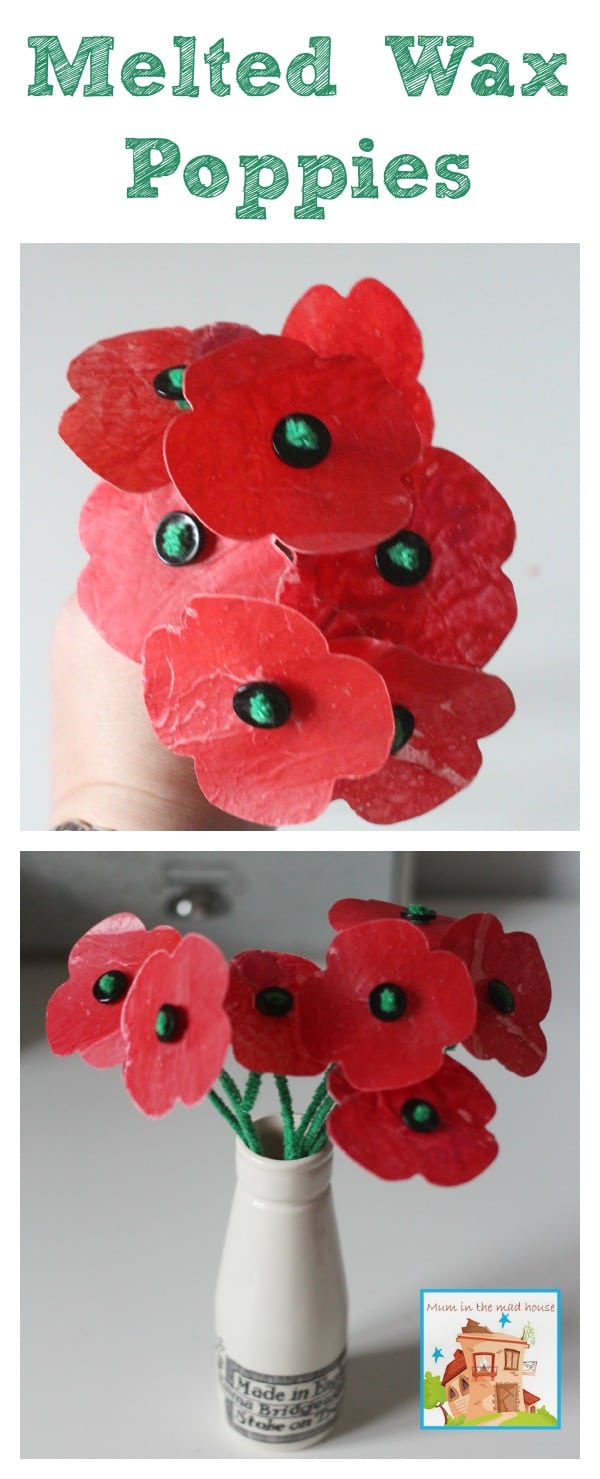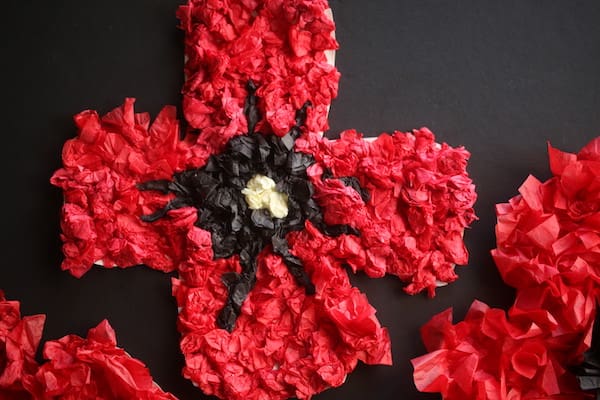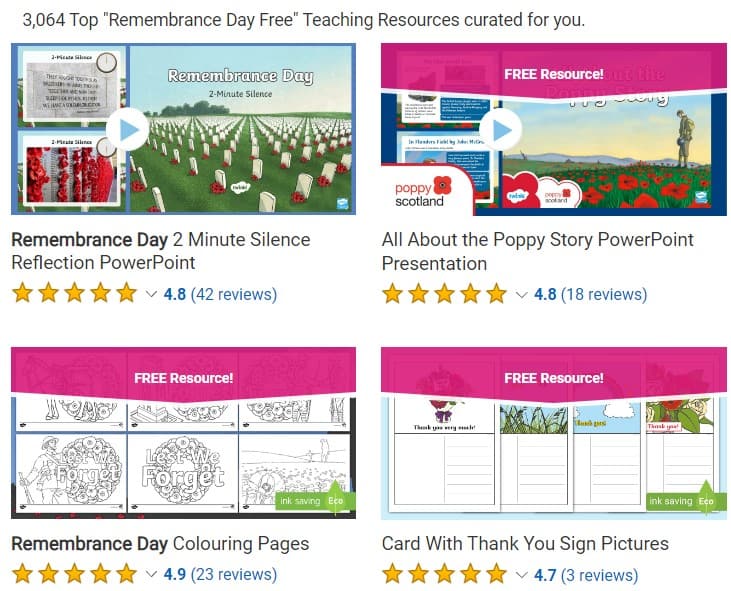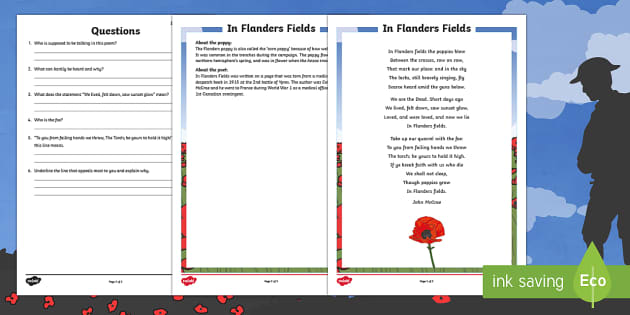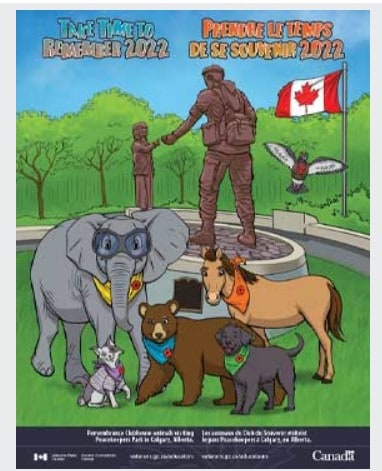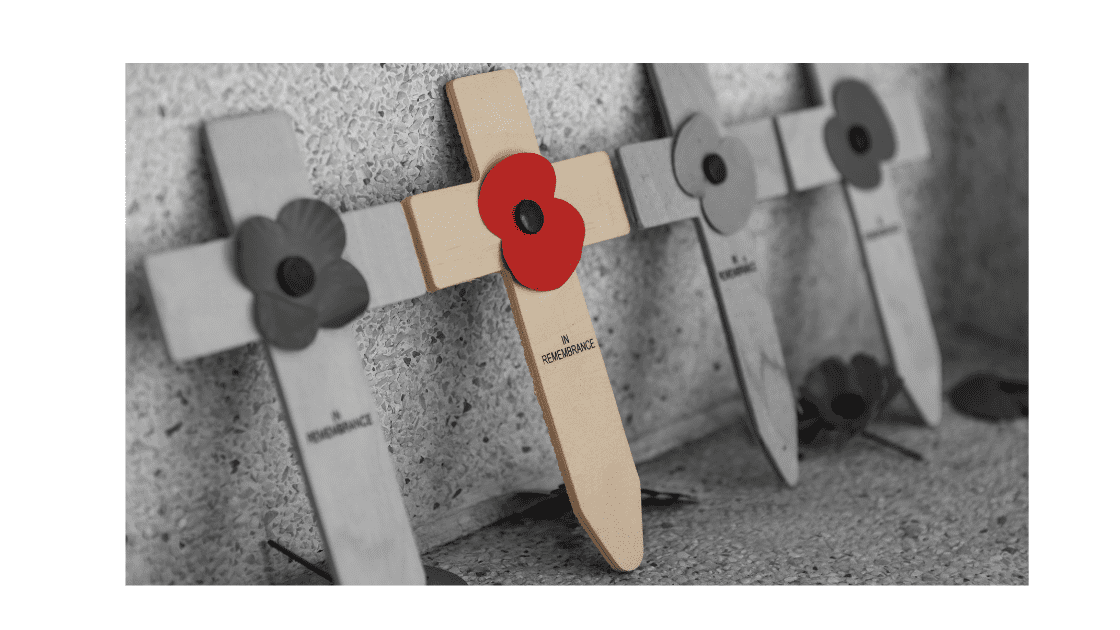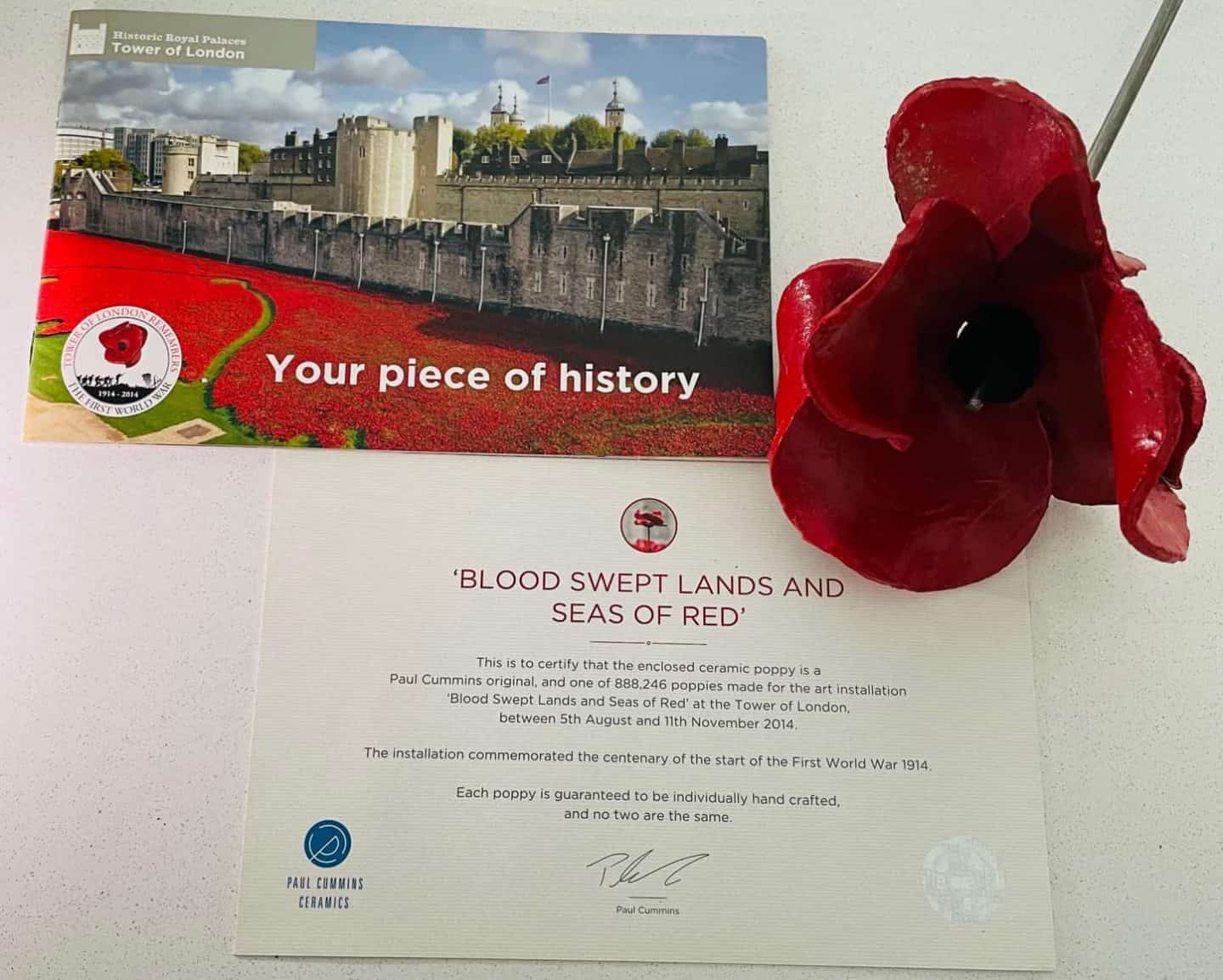Taking time for Remembrance Day activities has helped us slow down and reflect as a family.
Whether you’re teaching at home or in the classroom, it’s a meaningful opportunity to help kids of all ages understand why we pause on November 11th.
This list includes free Remembrance Day crafts, books, and printables that make it easier to talk about history, gratitude, and the people who served.
**This post may contain affiliate links. As an Amazon Associate and a participant in other affiliate programs, I earn a commission on qualifying purchases.**
Activities for Remembrance Day
Over time, these have become the activities that sparked the most thoughtful questions and conversations in our home.
Remembrance Day Coloring Pages
These coloring sheets gave us a quiet way to talk about the meaning behind the day. My son liked choosing his own colors for the poppies and bugles, and it turned into a nice mix of art and reflection. We often do them alongside a read-aloud or while listening to the Last Post.
Free Printable
Veterans Day Word Search Printable
We’ve used this word search as part of our November lessons, even though it’s titled for Veterans Day. It’s a simple way to introduce important terms like honor and freedom, and it usually sparks some good conversation while they search.
Read More
Tower of London Remembers
When we looked at photos of the Tower of London filled with ceramic poppies, it helped my son understand just how many lives were lost. This resource makes the scale of remembrance more visual and powerful for kids.
Read More
British Legion – Teaching Remembrance
This is one of the best free teaching tools we’ve found for this topic. The British Legion’s lessons are easy to adapt for home learning, and they tie in beautifully with what kids might see in ceremonies or on TV.
Read More
National Veterans Day Project: Lest the Ages Forget
We used one of the soldier profiles from this project as a writing prompt one year, and it led to a really thoughtful piece. The firsthand stories and artifacts add depth beyond just facts, and older kids especially connect with it.
Read More
Easy Handprint Poppy Craft
We did this one when my son was in preschool, and it’s still one of my favorite keepsakes. Kids use their handprints to form the petals, making it feel personal right from the start. It’s simple, quick to prep, and a nice way to introduce the meaning of the poppy to little ones.
Read More
Egg Carton Poppies
This one’s great if you want to reuse materials you already have at home. With just an egg carton, red paint, and a bit of tissue paper, kids can create textured poppies that look surprisingly lovely. We’ve added them to wreaths, cards, and even table displays.
Read More
Melted Wax Poppy Craft
A little messy, but totally worth it. Melting crayon shavings between wax paper is oddly calming, and the final poppies look like stained glass. We’ve used them to decorate windows around November 11th, and they always get comments.
Read More
Poppy Wreath Craft
Using cupcake liners and buttons, this is a fun one for older preschoolers and early elementary kids who want to do something more hands-on. We’ve made these wreaths a few times and hang them on the door every year. It’s simple but meaningful.
Read More
Puffy Tissue Paper Poppies
This is a great activity for mixed ages—toddlers can crumple the tissue, and older kids can twist and arrange it into neat tufts. We used ours to make a classroom-style bulletin board at home one year, and it turned out really striking.
Read More
Interactive Timeline
We explored this during our WWI unit, and it helped my son connect the events we were reading about with actual dates and places. The timeline is interactive enough to hold kids’ attention and works well alongside read-alouds or craft activities.
Read More
The History of Remembrance Day Poppies
We watched this short video together before starting our poppy crafts, and it gave just enough background without being overwhelming. It’s a good way to introduce the tradition visually if your kids are more video-oriented than print-focused.
Read More
Twinkl Free Worksheets
We’ve dipped into Twinkl’s Remembrance Day materials over the years, especially for writing prompts and simple comprehension sheets. If you’re looking for no-prep options that tie into the curriculum, this is a good place to start.
Read More
In Flanders Field Poem Comprehension Worksheet
This worksheet was a useful follow-up after we read the poem together. The questions are simple but meaningful, and it opened the door for a really thoughtful conversation about why the poem still matters.
Read More
Take Time to Remember
This booklet is ideal for younger kids who aren’t ready for deeper discussions but still want to participate. The spot-the-difference and maze were my son’s favorites, and it gave him a hands-on way to be part of the day.
Read More
National Geographic Kids Everything World War I
We’ve used this book alongside our history units, it’s full of detailed photos and quick facts that helped bring the war to life. My son was especially interested in the gear and vehicles, and the layout kept him engaged even without reading it cover to cover.
Read More
Where The Poppies Now Grow
This rhyming picture book follows two friends through war and peace. It’s gentle but emotional, and it gave us a way to talk about the human side of conflict without it feeling too heavy. We read it aloud every year around November 11th.
Read More
Story of the First World War for Children: 1914-1918
This one goes deeper into the events of WWI and is best for upper elementary or middle school readers. The illustrations are strong, and the details helped my son understand why the war was such a turning point in history.
Read More
Remembrance Day Facts for Kids
When my son first saw the poppy we keep at home, he had a lot of questions. These are the key facts we’ve used to help him (and others) understand why November 11 matters.
Remembrance Day began in 1919 across the British Commonwealth. It was originally called Armistice Day to mark the end of World War I, signed on the eleventh hour of the eleventh day of the eleventh month.
Since 1931, it’s been officially observed on November 11 with a moment of silence at 11 a.m. to honor those who served in war, conflict, and peacekeeping.
The red poppy became a symbol of remembrance thanks to the poem In Flanders Fields. Countries like Canada, the UK, and Australia still use it today.
In the U.S., November 11 is now called Veterans Day, but it shares the same roots.
For kids interested in history, it’s also worth knowing that WWI introduced aircraft in combat and trench warfare, conditions so rough they led to illnesses like trench foot and trench fever.
Poppies: Blood Swept Lands and Seas of Red
We’re proud to own one of the 888,246 ceramic poppies from the Blood Swept Lands and Seas of Red installation, displayed at the Tower of London from August 5 to November 11, 2014.
It now sits in our home as a quiet reminder of those who served. When my son was learning about Remembrance Day last year, he asked all about it, which is what inspired me to put this list of activities together.
If you have something special planned for Remembrance Day, I’d love to hear about it in the comments.
Memorial Day Free Printables
If you’re covering similar topics in an American setting, these Memorial Day printables can help reinforce ideas of service, sacrifice, and remembrance:
Last Updated on 16 August 2025 by Clare Brown
